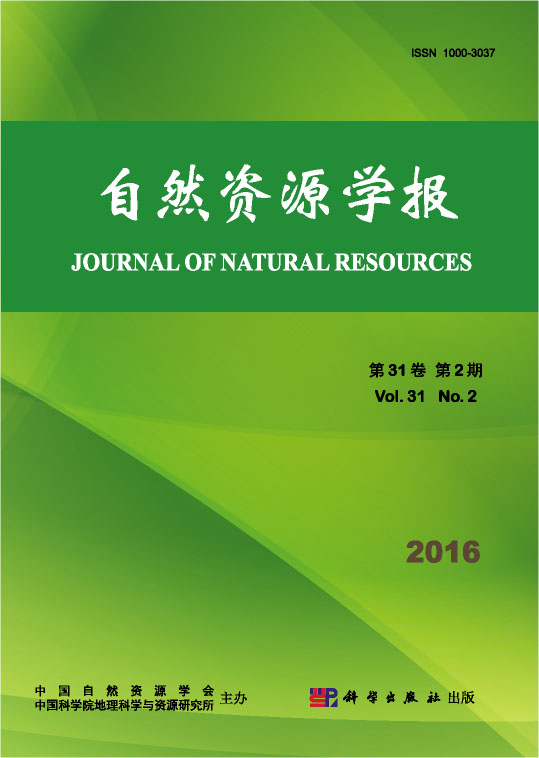Resource Evaluation
ZHU Xiao-dong, WEI Chao-yang, YANG Fen
Based on the principle of geochemical baseline, the baseline values of six heavy metals, including As, Cr, Cu, Ni, Pb and Zn in Baotou city and Bayan Bbo mining area were determined with reference element method and cumulative frequency curve method. Baseline with reference element method was, at Baotou: 8.85 mg/kg As, 123.15 mg/kg Cr, 24.61 mg/kg Cu, 19.72 mg/kg Ni, 27.39 mg/kg Pb and 74.25 mg/kg Zn; at Bayan Obo: 16.16 mg/kg As, 127.17 mg/kg Cr, 31.07 mg/kg Cu, 28.94 mg/kg Ni, 33.82 mg/kg Pb and 80.52 mg/kg Zn. Baseline with cumulative frequency curve method was, at Baotou : 8.45 mg/kg As, 113.78 mg/kg Cr, 16.12 mg/kg Cu, 16.23 mg/kg Ni, 19.66 mg/kg Pb and 48.59 mg/kg Zn; Bayan Obo: 16.01 mg/kg As, 121.56 mg/kg Cr, 21.85 mg/kg Cu, 29.37 mg/kg Ni, 24.32 mg/kg Pb and 72.89 mg/kg Zn. Generally, the baseline values of Bayan Obo was higher than those in Baotou. The contamination of various heavy metals in Baotou and Bayan Obo were assessed using single-factor contamination index. When the background values of Inner Mongolia were used as the references, the numbers of none, slight, mild and moderate contaminated samples in Bayan Obo were 0.3, 1.0, 1.5 and 1.7 times of those in Baotou, indicating the contamination in Bayan Obo was higher than in Baotou. However, when baseline values were used as the references, the numbers of none, slight, mild and moderate contaminated samples in Bayan Obo were 1.0, 1.1, 0.7 and 0.5 times of those in Baotou. Since both areas had small numbers of moderately contaminated samples, no significant differences between Baotou and Bayan Obo was actually seen at contaminative levels. Assessment of the contamination of heavy metals in these two areas using the baselines reflected reasonable contributions of human activities, whereas using background values of Inner Mongolia gave rise to distorted recognition of such contributions.
